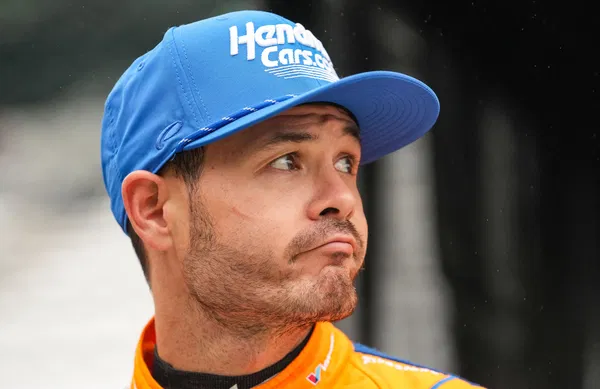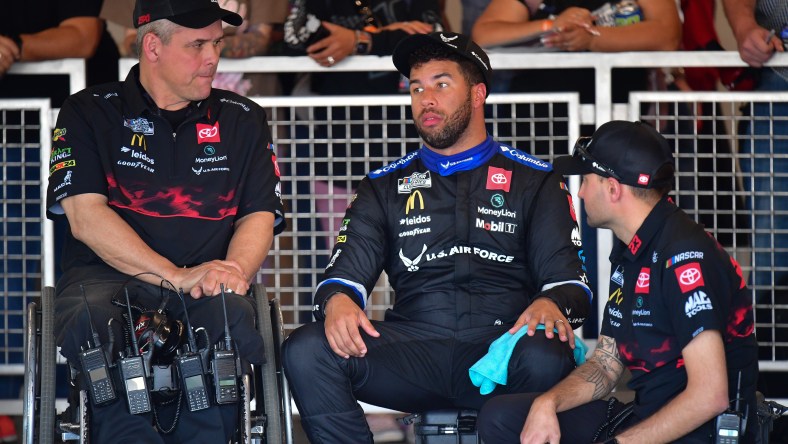Dale Earnhardt Jr. recently expressed his views on the future of Atlanta Motor Speedway, the home track of Georgia’s own Chase Elliott. Following significant reconfiguration between 2021 and 2022, the track hosted its first playoff race just last weekend.
In the aftermath of this playoff event, several drivers remarked on the distinct and more demanding nature of the racing, a sentiment that Dale Earnhardt Jr. echoed during his podcast, “Dale Jr. Download.”
“Atlanta has undergone significant changes and will continue to evolve rapidly. Listening to Denny Hamlin discuss the track on his show, he mentioned how slick the surface was and how challenging the cars felt to handle. The lap times were nearly half a second slower than last year. Chase Elliott noted during the race that the cars were so loose that no one could effectively race at the top. We’re moving towards that old, worn-out, slick Atlanta we used to know, and it’s happening fast,” Junior remarked [at 7:30].
Dale Earnhardt Jr. compared the track’s conditions to being by the coast and explored how environmental factors might have influenced its characteristics. He pointed out that the sandy soil surrounding the track, coupled with windy conditions, tends to “sandblast” the surface, affecting the racing experience.
Dale Earnhardt Jr. has recently voiced his dissatisfaction with the classification of Atlanta Motor Speedway as a superspeedway, a term typically reserved for tracks like Talladega and Daytona. In a candid discussion, Earnhardt articulated his belief that Atlanta does not conform to the conventional definitions associated with either a traditional speedway or a mile-and-a-half track. Instead, he characterized Atlanta as a ‘hybrid’ track, emphasizing that it is inappropriate to categorize it alongside the legendary superspeedways that have become synonymous with high-speed racing.
During an episode of his podcast, “Dale Jr. Download,” Earnhardt delved into the nuances of racetrack classifications, expressing concern over the increasingly ambiguous criteria that are being applied to differentiate between various types of tracks. He highlighted that while Daytona and Talladega are undeniably classified as superspeedways due to their substantial lengths of 2 miles or more, other tracks, including Atlanta, should be designated simply as speedways. This distinction is crucial, he argued, as it helps maintain clarity in understanding the unique characteristics and racing dynamics of each venue.
Earnhardt further elaborated on the specific terminology used in the sport, noting that the phrase “drafting track” was coined to accurately describe the distinct racing conditions present at the newly repaved Atlanta track. This term reflects the unique aerodynamic challenges and strategies that drivers must navigate, which differ significantly from those at traditional superspeedways. He expressed frustration over the potential for confusion that arises when driver statistics from Talladega and Daytona are used to predict performance at Atlanta, as the racing dynamics and track characteristics are not directly comparable.
In summary, Earnhardt’s comments underscore a broader conversation about the importance of precise language and classification in motorsports. By advocating for a more accurate representation of Atlanta Motor Speedway, he aims to foster a better understanding of the track’s unique attributes and the implications they have for drivers and teams competing there.
The Future of Chase Elliott’s Hometrack: Dale Earnhardt Jr.’s Major Predictions Unveiled!




